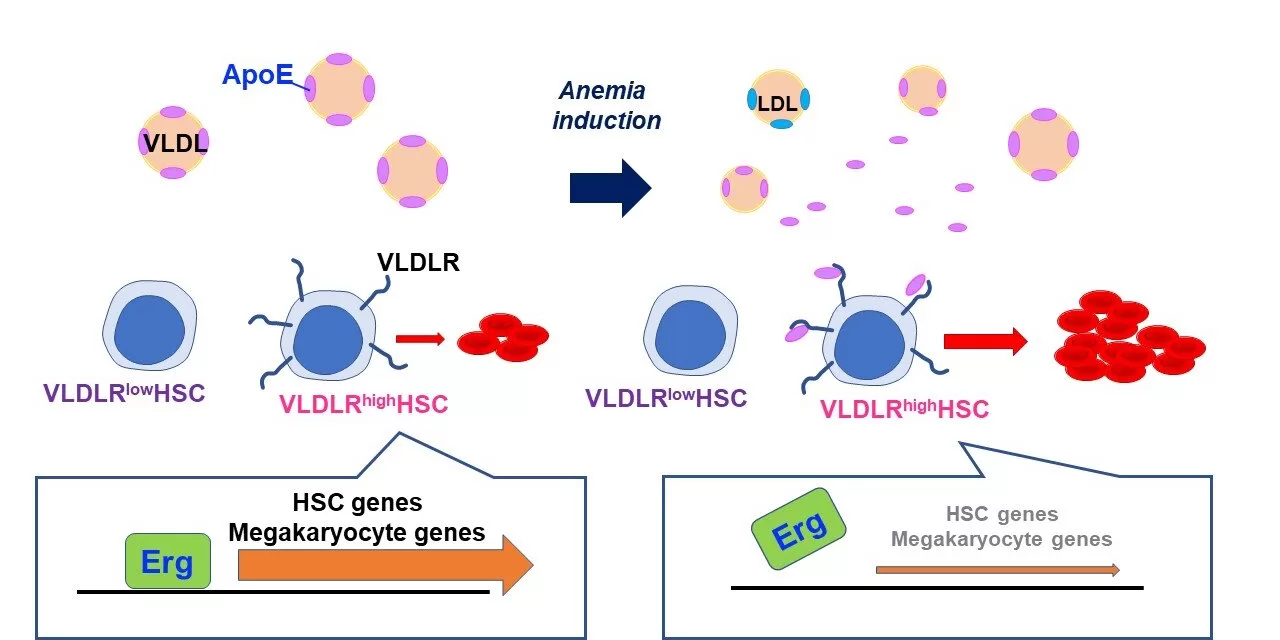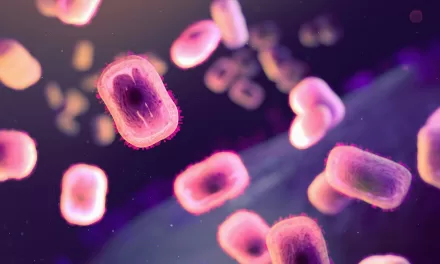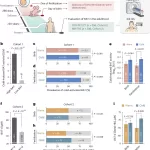In a groundbreaking study, researchers have uncovered a potential new target for treating severe anemia, particularly in patients who do not respond to standard therapies. This discovery could offer a lifeline to those who have exhausted conventional treatment options like erythropoietin (EPO) therapy, iron supplements, or blood transfusions.
Anemia, a condition characterized by a lack of healthy red blood cells, is commonly treated with EPO, a hormone that stimulates the production of red blood cells from immature cells known as erythroblasts. However, for many patients, especially those with severe forms of anemia, EPO and traditional treatments fail to restore healthy red blood cell levels, leaving them at risk of fatigue, organ damage, and other serious complications.
A team of researchers, led by Kiyoka Saito, published their findings in the journal Nature Communications, shedding light on how the body’s most primitive blood-forming cells—hematopoietic stem cells—respond to acute anemia. These stem cells, responsible for generating all types of blood cells, had long been a mystery in terms of their role in red blood cell production, particularly since they lack receptors for EPO.
To investigate this, the research team induced acute anemia in mice by using phenylhydrazine, a drug that destroys red blood cells, or through blood extraction. They then observed changes in the mice’s hematopoietic stem cells within their bone marrow.
Remarkably, the researchers found that these stem cells rapidly began to proliferate in response to the sudden loss of red blood cells. Even more significant was that hematopoietic stem cells from anemic mice preferentially produced red blood cells over other types of blood cells, a response not seen in healthy mice. This discovery indicated that a previously unknown mechanism was triggering red blood cell production under severe anemic conditions.
The Role of Lipid Metabolism in Red Blood Cell Production
Through genetic analysis, the team identified lipid metabolism as the driving force behind this process. Specifically, they discovered that the very low-density lipoprotein receptor (VLDLR) played a crucial role. Two types of hematopoietic stem cells were identified—those with high levels of VLDLR and those with low levels. It was the VLDLRhigh cells that were more likely to produce red blood cells in response to anemia.
A key player in this pathway was Apolipoprotein E (ApoE), a component of very low-density lipoproteins (VLDL). The study found that ApoE levels rapidly increased in anemic mice, despite a decrease in overall VLDL levels. In mice genetically modified to lack ApoE, the stem cells were unable to boost red blood cell production, highlighting ApoE’s critical role in this novel pathway.
Further genetic analysis revealed that when ApoE interacted with VLDLRhigh stem cells, it weakened the activity of the Erg gene, which usually maintains the stem cells’ ability to differentiate into various blood cell types. This downregulation of Erg activity led to an increased focus on red blood cell production.
A New Therapeutic Target for Severe Anemia
One of the most promising aspects of the research is the potential therapeutic application. When synthetic ApoE was administered to healthy mice, or Erg gene activity was suppressed, their hematopoietic stem cells became more inclined to produce red blood cells. This suggests that targeting the ApoE-VLDLR pathway could be an effective strategy for treating anemia in patients who are resistant to EPO or other treatments.
The findings offer a new avenue for treating severe anemia while avoiding some of the drawbacks of current therapies, such as iron overload from frequent blood transfusions. The study’s authors suggest that targeting this newly discovered pathway could lead to the development of treatments that more effectively stimulate red blood cell production in patients who are unresponsive to conventional therapies.
As research in this area continues, it could bring much-needed relief to those living with severe forms of anemia, offering new hope for improved outcomes and quality of life.
For further details, the study can be accessed in Nature Communications: Kiyoka Saito et al, “Lipoprotein metabolism mediates hematopoietic stem cell responses under acute anemic conditions,” Nature Communications (2024). DOI: 10.1038/s41467-024-52509-w.












